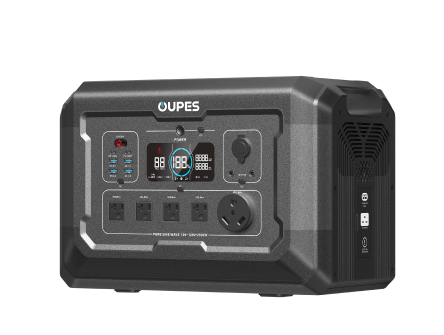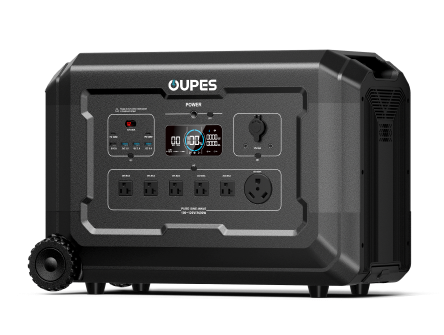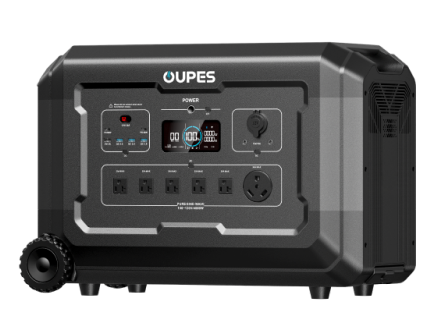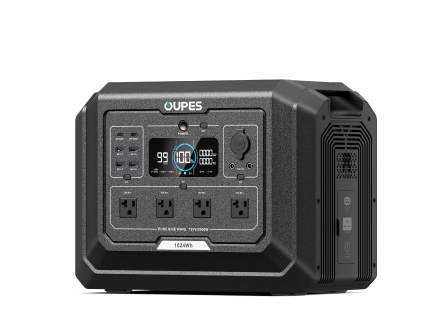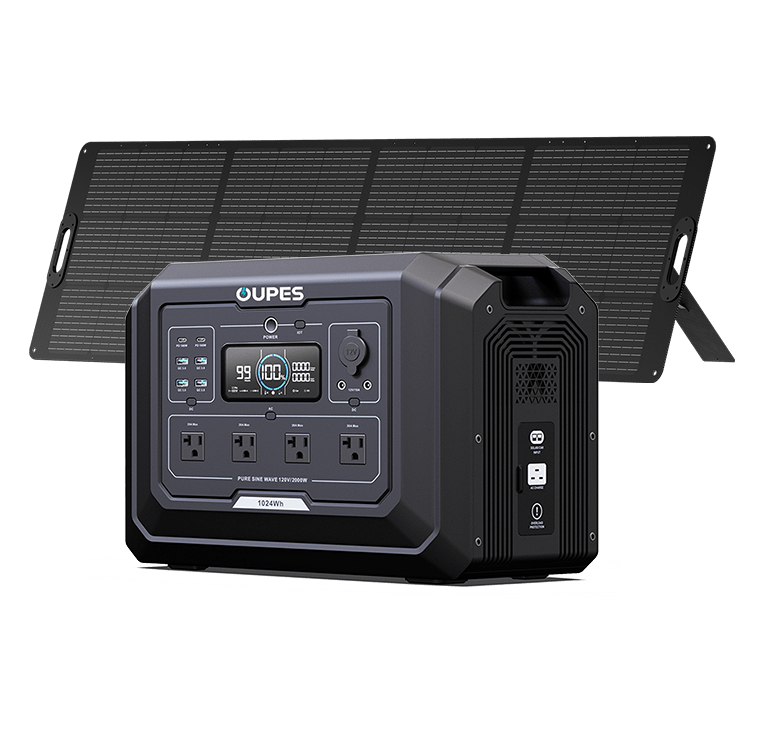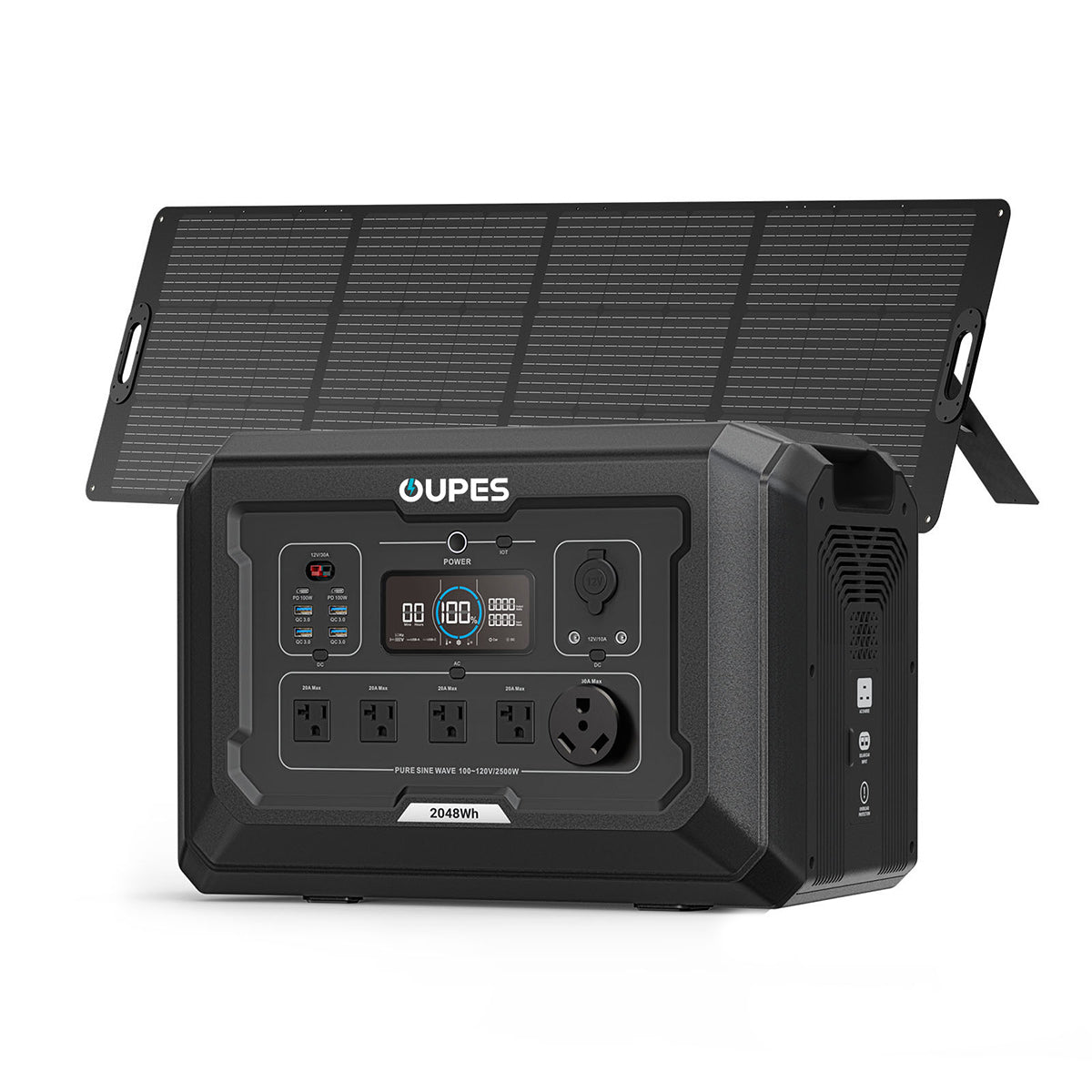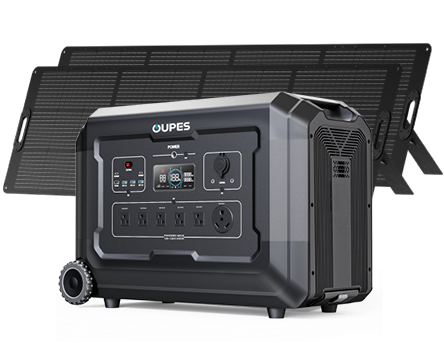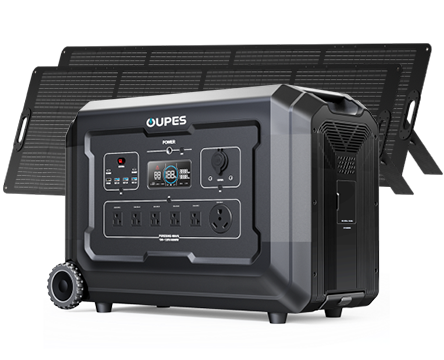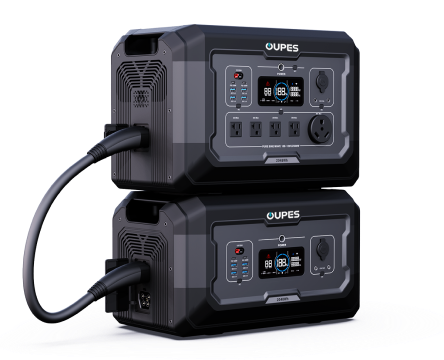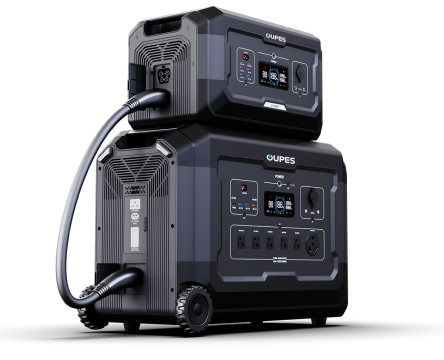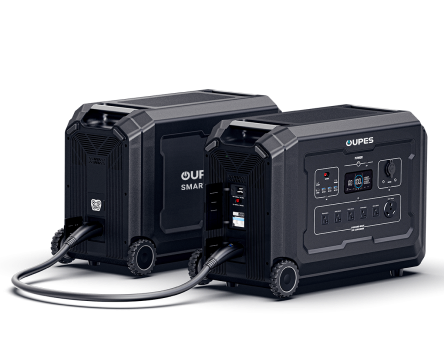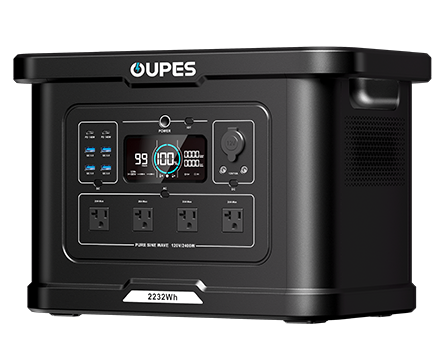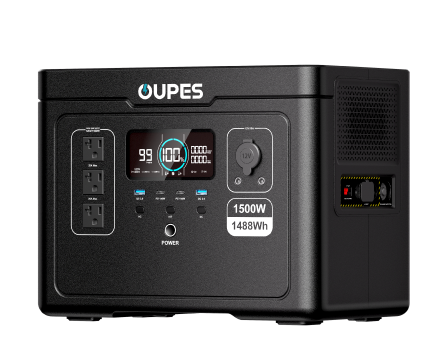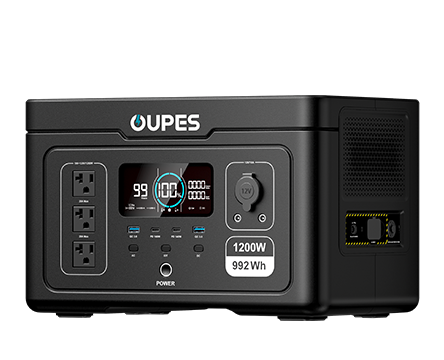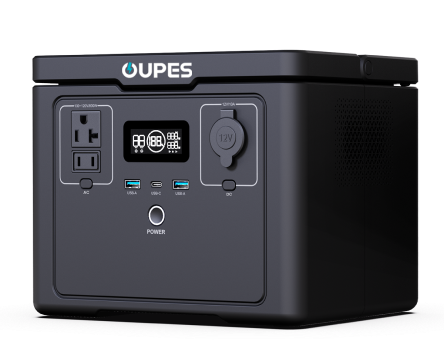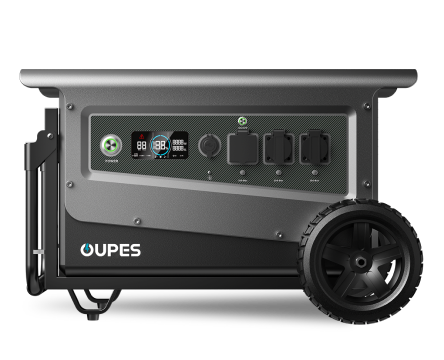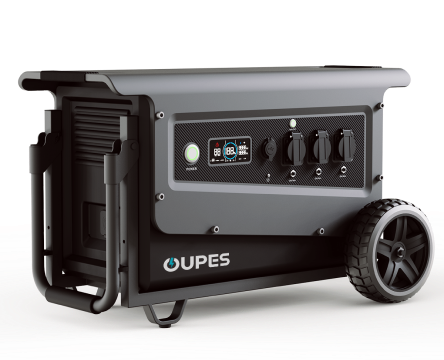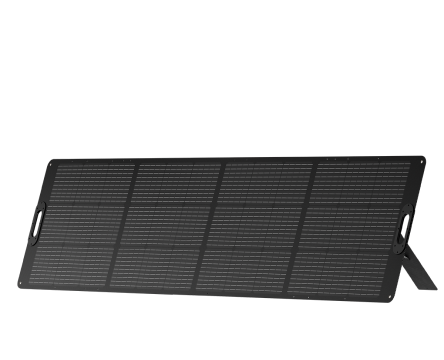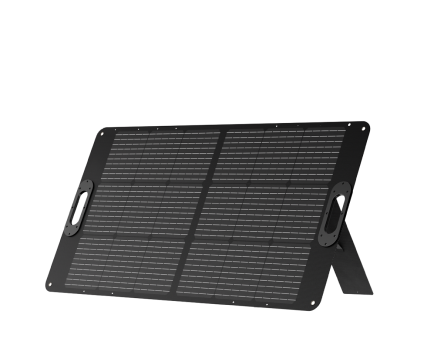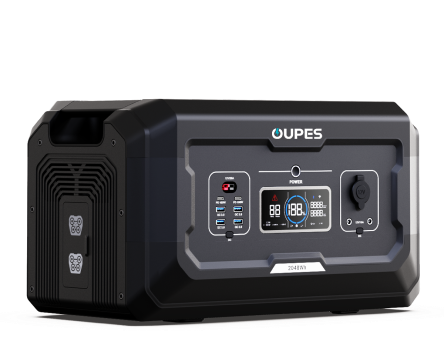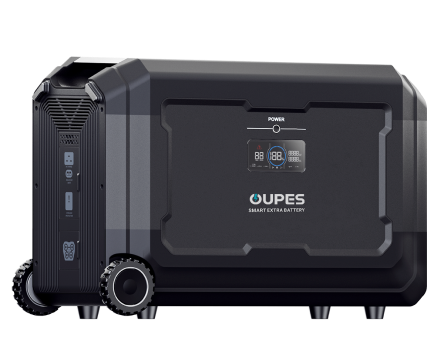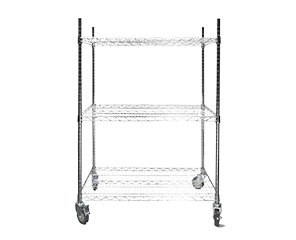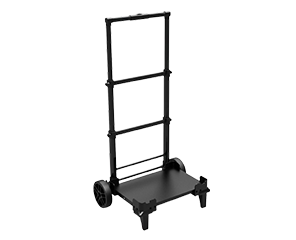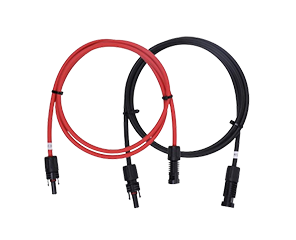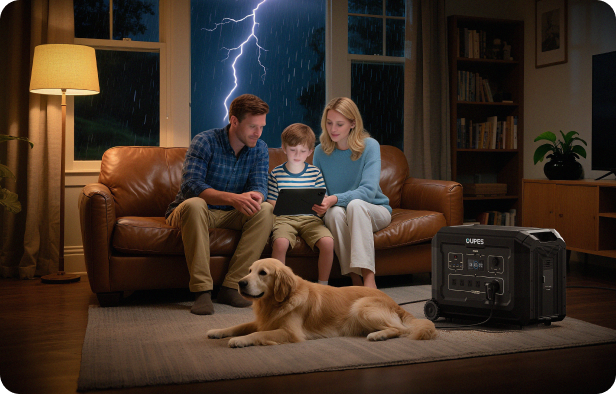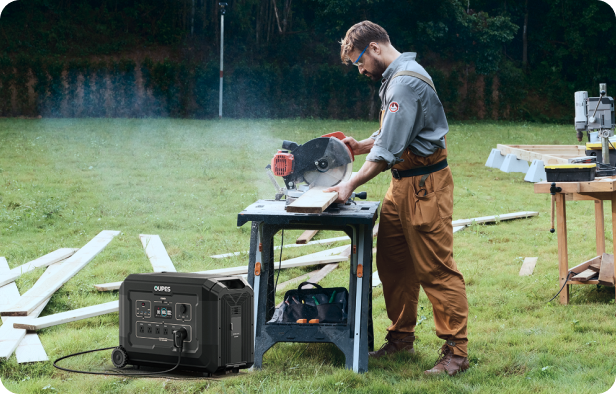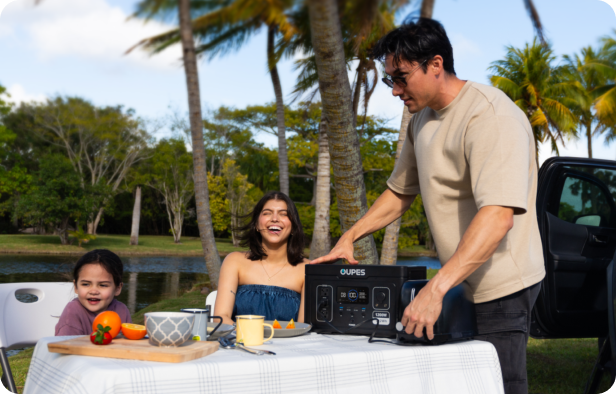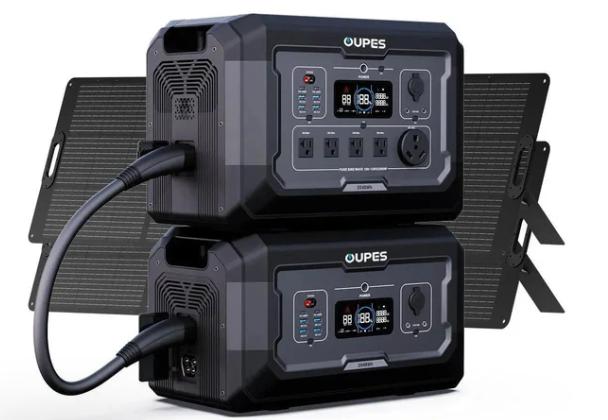
Have you ever wondered how much electricity your freezer silently devours each month? Whether you’re preparing for a power outage, budgeting for energy costs, or planning an off-grid adventure, understanding freezer wattage is essential. Freezers are among the few appliances that run 24/7, but their energy demands can vary wildly depending on size, technology, and usage. In this article, we’ll demystify freezer power consumption and explore how OUPES portable power stations can keep your food frozen—no matter where life takes you.
Understanding Freezer Wattage Basics
Freezer wattage refers to the amount of power a freezer consumes during operation. Most household freezers range between 100W to 400W, but this figure only tells part of the story. Modern energy-efficient models, such as those with inverter compressors, may use significantly less power than older units. For example, a compact 5-cubic-foot freezer might draw 150W while running, whereas a large upright freezer could require 350W or more.
It’s critical to distinguish between running watts and starting watts. Freezers often need a surge of power (up to 3x their running wattage) to start the compressor. This is where OUPES power stations shine—models like the OUPES Exodus 1500 Portable Power Station (1500W, 1488Wh) can handle sudden spikes, ensuring your freezer stays operational during outages. To estimate daily energy use, multiply the running watts by hours of operation. A 200W freezer running 8 hours daily consumes 1.6kWh, but actual usage depends on ambient temperature and how often the door opens.
Factors That Influence Freezer Power Consumption
Several variables impact how much electricity your freezer uses. Size is the most obvious: larger freezers require more energy to maintain low temperatures. A 20-cubic-foot chest freezer might use 300W, while a 10-cubic-foot model uses 180W. Placement also matters—freezers in garages or sheds exposed to temperature fluctuations work harder, increasing power draw by 10-25%.
Defrost cycles and door seals play surprising roles. Frost buildup forces the compressor to run longer, while worn door gaskets let cold air escape. Energy Star-rated models address these issues with improved insulation and adaptive defrost systems. For off-grid scenarios, pairing an efficient freezer with the OUPES Mega 3 Home Backup & Portable Power Station (3600W, 3072Wh) ensures reliable cooling without grid dependency. Below is a comparison of power needs across freezer types:
| Freezer Type | Average Running Watts | Recommended OUPES Model |
|---|---|---|
| Mini Freezer (5 cu ft) | 100-150W | Exodus 600 Plus (600W, 512Wh) |
| Upright Freezer (15 cu ft) | 250-300W | Mega 2 (2500W, 2048Wh) |
| Chest Freezer (20 cu ft) | 300-400W | Titan 5 (4000W, 5040Wh) |
Choosing the Right Power Solution for Your Freezer
Selecting a backup power source requires matching your freezer’s wattage to a power station’s capabilities. For smaller freezers under 200W, the OUPES Exodus 1200 Portable Power Station (1200W, 992Wh) provides ample runtime—up to 8 hours on a single charge. Larger units demand heavy-duty options like the OUPES Mega 5 (4000W, 5040Wh), which can power a 400W freezer for over 12 hours while supporting other appliances.
Solar compatibility adds another layer of flexibility. OUPES stations with solar input, such as the Titan series, let you recharge batteries using sunlight—ideal for extended camping trips or emergency preparedness. Always factor in starting watts: if your freezer needs 900W to start, a 2000W-capable station like the Mega 1 ensures smooth operation without overloads.
Energy-Saving Tips to Reduce Freezer Wattage
Minimizing freezer power consumption starts with proper maintenance. Clean condenser coils every six months to improve efficiency by 10-15%. Set temperatures to -18°C (0°F)—colder settings waste energy. Organize items to allow air circulation, reducing how often the compressor cycles on.
Upgrading to a modern freezer with dual cooling zones or vacuum insulation panels can cut energy use by 30%. For those using OUPES power stations, combining these strategies extends runtime significantly. For example, pairing an efficient 150W freezer with the Mega 2 station could provide cooling for over 13 hours, enough to weather most outages.
Final Thoughts on Managing Freezer Energy Use
Understanding freezer wattage empowers you to make informed decisions about energy consumption and backup power. From compact models to heavy-duty units, matching your freezer’s needs with the right OUPES power station—whether the portable Exodus 600 or the robust Titan 5—ensures food safety and peace of mind. By implementing energy-saving practices and leveraging solar-compatible solutions, you can reduce both your carbon footprint and electricity bills.
As technology advances, freezers and power stations alike are becoming smarter and more efficient. OUPES continues to lead in this space, offering products that blend high capacity with portability. Whether you’re safeguarding groceries during a storm or powering a freezer in a remote cabin, these solutions transform how we think about everyday energy needs.

